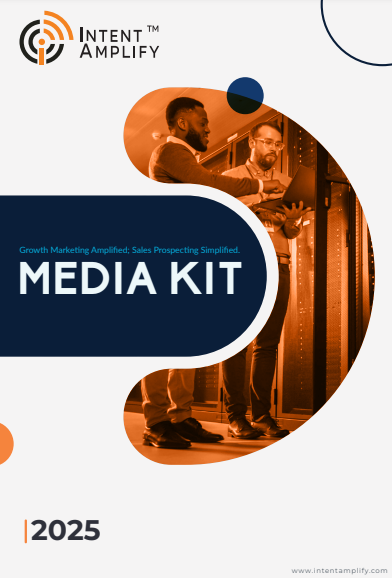
Top Sales Communication Strategies to Turn Cold Outreach Into Warm Leads
- Last updated on: July 1, 2025
Cold outreach is not dead in 2025; it’s just misinterpreted. While automation software swamps inboxes with template emails, buyers are ignoring the din. The difference between being ghosted and receiving a meeting is often about communication strategy.
As per HubSpot’s 2025 State of Sales Report, 79% of B2B buyers indicate that they are more inclined to talk to a salesperson who demonstrates a clear knowledge of their business challenges. Cold messaging can still succeed if done on a personalized, contextual basis and through the right medium.
In this article, we’re going to cover the best sales communication strategies that turn cold outreach into warm, qualified leads. Whether you’re a startup SDR or a veteran enterprise rep, these strategies can help you increase response rates, drive high-quality engagement, and fill your pipeline quicker. Let’s first define Sales Communication Strategies
What Are Sales Communication Strategies?
Sales Communication Strategies are the planned methods, messaging styles, and interaction approaches that salespeople employ to engage prospects, establish trust, and bridge conversations into qualified leads or closed sales.
At Intent Amplify™, we call sales communication strategies a data-driven, intent-based methodology that aligns messaging with buyer journey, preferences, and behavior signals. These strategies are not simply a matter of what you say, but when, how, and through which channel you say it.
Successful sales communication strategies usually consist of:
- Customized messaging specific to the buyer’s role, industry, or intent signals
- Multi-channel engagement across email, LinkedIn, calls, and video
- Value-first outreach that informs instead of pitches
- Follow-ups as needed based on real-time behavioral signals
- Conversational structure that aligns with the buyer’s tone, pace, and decision process
With the use of real-time intent information, AI-driven analytics, and behavioral data, Intent Amplify™ enables sales teams to shift away from spray-and-pray strategies and towards targeted outreach that converts cold contacts into warm, ready-to-convert prospects.
1. Lead With Personal Relevance, Not a Sales Pitch
The most common cold outreach mistake is to make it all about you. Buyers are not interested in your product – they are interested in their pain. Rather than begin with “We help businesses like yours grow quicker,” begin with something related to them:
- A recent company project
- A public announcement or news article
- Their LinkedIn activity and posts
Example:
“Hi Ravi, I saw your company, FinVerse, just rolled out an ESG analytics platform for mid-market banks. That is a thrilling development. I collaborate with product leaders to address onboarding resistance in new product launches – thought it could be of interest.”
This micro-personalization method, popularized by top sales trainers such as Becc Holland, indicates to buyers that your communication isn’t generic. And it captures their attention within the first 3 seconds—vital for inbox survival. Leverage tools such as Clay, Apollo, or LinkedIn Sales Navigator to enhance contact information and personalize at scale.
2. Leverage Multi-Touch, Multi-Channel Cadences
One cold email in 2025 is not sufficient. High-performing reps now employ multi-touch cadences through various channels:
- LinkedIn DMs
- Voicemails
- Text messages (with permission)
- Video messages
According to Outreach.io’s 2025 Benchmark Report, it takes an average of 8 touchpoints to convert a cold prospect into a meeting. Using a variety of channels increases your chances of engagement.
Sample cadence:
- Day 1 – Personalized email
- Day 2 – LinkedIn connection with note
- Day 3 – Follow-up email with case study
- Day 5 – Voicemail referencing email
- Day 7 – LinkedIn DM
- Day 10 – Light-touch “breakup” email
Every touch should deliver incremental value—don’t simply repeat your request. Solutions like Intent Amplify can aid in mapping prospect behavior to the best channel and timing, enhancing cadence effectiveness by up to 42%.
3. Use Buyer Intent Data to Prioritize the Right Prospects
All leads are not equal. A one-size-fits-all cold outreach approach wastes time and degrades brand trust. Instead, begin with warm cold leads—prospects demonstrating buying behavior:
- Recently used your site
- Downloaded a whitepaper
- Explored competitor content
- Searched for matching keywords
Intent data enables you to catch them exactly at that moment. Platforms like Intent Amplify leverage predictive analytics and behavior data to highlight high-intent accounts so your team is not spending time with cold-as-ice prospects.
4. Make the Subject Line Irresistible
If your subject line in an email doesn’t grab the reader, the rest is irrelevant.
SalesLoft says the average open rate for cold sales emails is 22%, but a personalized subject line can increase that to 41% or more.
- Subject lines that pay off in 2025 are:
- Brief (3–6 words)
- Clear, not general
- Friendly, not clickbait
- Curiosity-driven, not sales-y
Examples:
- “Got a quick question on FinVerse’s ESG launch?”
- “Saw this and thought about your team.”
- “Tough spot with onboarding friction?”
Experiment with 3–5 subject line variations using A/B testing software or platforms like Mailshake or Reply.io.
Employ the 3:1 Value-to-Ask Ratio
One of the quickest ways to get ignored? Asking too much too soon. Contemporary sales communication should adhere to the 3:1 value-to-ask ratio:
- Present 3 shares of value (e.g., insight, stat, article, industry tip)
- Do 1 low-barrier ask (e.g., “Open to a quick 10-min chat?”)
Example:
- “Here’s an updated McKinsey report on SaaS onboarding KPIs.
- We just assisted a comparable fintech cut 18% of churn in 90 days.
- Also included a visual playbook we developed on accelerating time-to-value.
- Would you be willing to spend 10 minutes this week with me in a call?”
Share educational, not sales-y content. Your role at the early stage is to guide, not to close.
Make and Send Personalized Video Messages
Dramatically boost cold email response rates by as much as 300%. Add a personalized video. Software such as Vidyard, Loom, or Hippo Video allows you to shoot a fast 60-second video greeting the prospect by name, mentioning their company, and introducing your solution briefly.
Video succeeds because:
- It establishes immediate trust
- It demonstrates effort and relevance
- It gets attention in an inbox full of text
Add a thumbnail with the prospect’s logo and your smiling face—it boosts click-through rates significantly.
Follow Up With Purpose (Not Nagging)
Your first outreach may not get a response. But your second, third, or even fourth follow-up might—if they add value. Avoid passive-aggressive lines like:
- “Just circling back…”
- “Bumping this up…”
Instead, follow up with something new:
- A case study
- A relevant stat or trend
- A customer quote
Example:
“I didn’t hear back, but thought you’d find this relevant. According to Forrester’s 2025 report, 63% of product teams cite onboarding issues as the #1 reason for feature underutilization. We’ve created a system that was able to do that in half for a similar fintech.
Reflect the Prospect’s Tone and Language
One underappreciated but effective strategy is linguistic mirroring—simply mirroring the prospect’s style of communication.
- If they’re professional, remain so.
- If they’re relaxed on LinkedIn, reflect that tone.
- If they employ industry jargon, include it.
This unconscious congruence establishes rapport and deepens trust. Based on Harvard Negotiation Project research, individuals are 67% more likely to answer affirmatively to language that resembles their own. Read their LinkedIn updates, About page, and recent comments first to learn their voice.
Be Respectful of the Buyer’s Time and Independence
Nothing kills outreach sooner than pushiness.
Speak in a way that respects their time and allows them to be in charge. Instead of:
- “I’d love 30 minutes of your time.”
- Try: “Would a brief 10-minute call be helpful?”
And skip desperation cues such as:
“Can you please assist me?” Instead, make your message an offer, rather than a request. Make them able to opt out. Something like: “If now isn’t the best time or this isn’t what you need, I completely get it—just let me know.” It creates goodwill and cuts down on spam complaints.
Cold Is Just a Temperature; Warm It Up With Strategy
Cold outreach is not disappearing, but it’s changing. Buyers in 2025 aren’t tolerant of fluff, spam, or templated messaging. They react to relevance, simplicity, timing, and trust. By employing a multi-touch, intent-based, value-first methodology, your sales messages can transition from ignored to welcomed, and your booked calendar will thank you.
FAQs
Q1. What is the optimal channel for cold outreach in 2025?
There is no one “best” channel. A multi-channel approach email, LinkedIn, phone, and video, provides the most effective outcome. The secret is to match up with where your buyer is most engaged.
Q2. How do I scale cold outreach personalization?
Utilize sales enablement tools such as Clay, Instantly.ai, or Apollo to augment contact information and segment outreach by company triggers, roles, or behaviors.
Q3. How frequently should I contact cold leads?
6–8 touches over 2–3 weeks is typical. Just be sure that every follow-up provides value or perspective, not reminders.
Q4. Will intent data have an impact on outreach?
Yes. Intent data allows you to target prospects that are actually searching for solutions, making your timing more timely and your outreach more likely to catch on.
Q5. Why is video in sales outreach so on-trend?
Video gives your message a human touch. It establishes trust quicker, facilitates tone conveyal better, and boosts reply rates substantially, particularly where there are high inbox densities.




